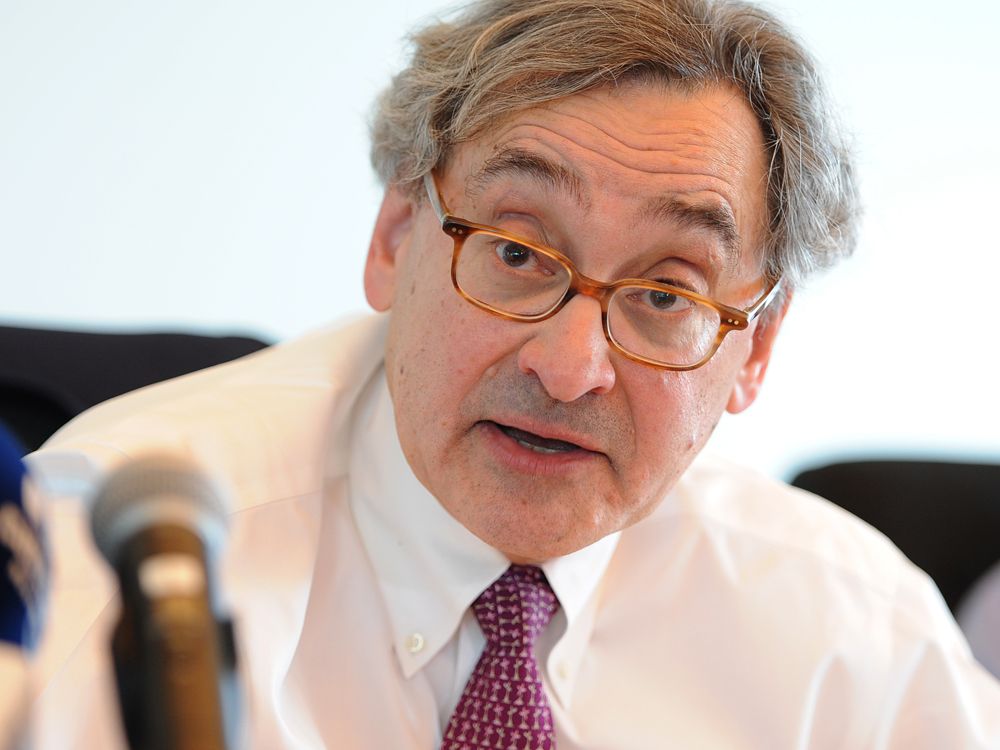kEiThZ
Superstar
First of all, that 8 hours assumes no stops to pee, eat or drink (all of which you can do without stopping on the train). Secondly, if you assume that Torontonian is still using old 20th century technology and driving a gasoline car, that the car gets the Canadian average of 8.9 l/100km, and gas still only costs about $1 per litre, the cost of gas alone would be $142 for the round trip (not to mention the wear and tear on the vehicle). Not having the stress of driving and saving time would make paying more than that worthwhile.
Sure. But that's why I said 1-2 hrs in time savings. In reality, it's 7 hrs at the wheel and 1-2 hrs cumulatively in stops.
As for the cost of gas, two points. First, highway mileage is more efficient than average. And next, what's the likelihood that somebody is driving 800 km alone? Do the math for two people and an average of 7L/100 km. And it's less than$60/person roundtrip. Given that the revenue management model would guaranteedly drive fares higher than that, I doubt you'll see much conversion on routes like these. Indeed, what it looks like is that HFR is specifically designed to be competitive only in routes less than 400 km. Heck, even Ottawa-Quebec City at 3:43 looks like a tougher sell than just a 5 hr drive, for anybody not traveling alone.
I want VIA to succeed. And I want passenger rail in Canada to actually survive. I really worry that if HFR isn't wildly successful right from the get go, we'll see another 20 years of no investment. I would rather they put in the extra $1-2B to make this thing truly competitive with driving and flying in some cases than spend $4.4B and watch it largely be competitive on 3 specific segments (TO, OM, MQ).
Last edited:





